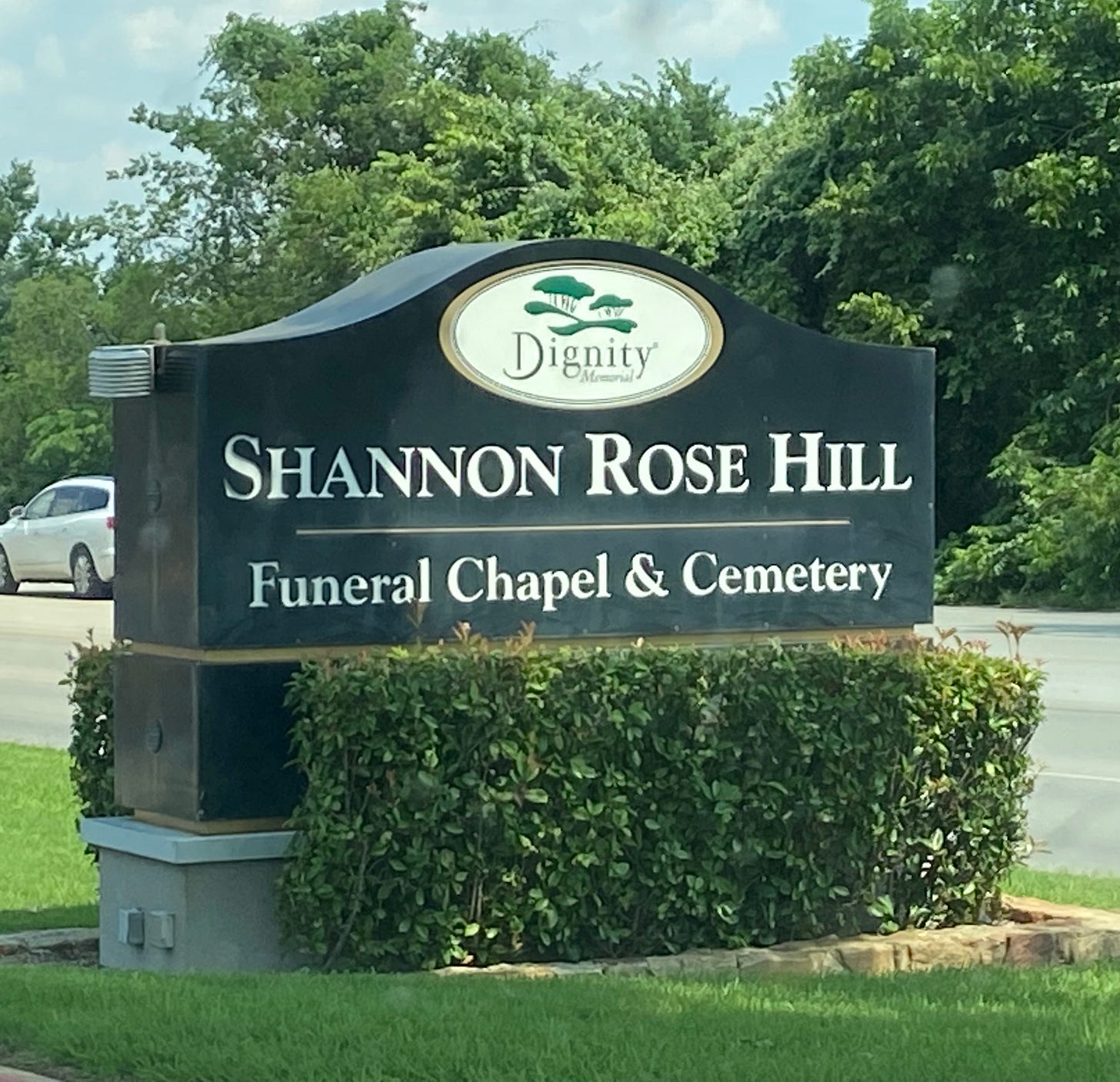Today, November 22, is the 59th anniversary of the assassination of American President John Fitzgerald Kennedy in Dallas, Texas.
With all the current political brawling, high-profile court trials, continuing societal division and a lingering worldwide pandemic, this tragic anniversary is noted less and less in recent years.
Even so, it’s not forgotten.
As for me, and maybe for you, I’ve always wondered about Lee Harvey Oswald.
Perhaps it’s because of the obvious. His name is infamous, his story full of confusing truths and falsehoods.
Perhaps it’s because he was from New Orleans, a city I once lived in that plays significantly into my own history.
Perhaps it’s because in 1957 he was at Keelser AFB on the Gulf Coast of Mississippi with my father, who was 10 years into a field Oswald (a newbie Marine) was learning. He trained at Keesler in classes where my dad was a training aid. Oswald was still a teenager at the time and finished seventh in a class of 30 marines on June 17. A week later he was given an MOS (military occupational specialty) as an Aviation Electronics Operator.
Driving through Texas on a blazing summer day a few years ago, my mind wandered, as it often does on long drives.
I was musing sadly on Kennedy’s fate as I motored through Dallas, a city that will always be marked as the place where the president was murdered by a stranger.
Then, 48 hours later, his accused assassin was gunned down in a parking garage while handcuffed to a detective.
America loves a lone nut (easier to digest than a party of felons) and nowhere is that more on display than in the haze of murderous blame surrounding the death of our 35th President.
When people speak of Lee Harvey Oswald, it’s often to insist he was a patsy in a larger conspiracy, or, conversely, to vilify him for killing a popular young president.
He never admitted to this crime, did not live to stand trial, and thus, was never convicted.
However, Oswald was widely and publicly convicted in the enthusiastic eyes of the 1960s media and solely blamed in the disappointing and provably full-of-holes Warren Report.
But within the laws of the American judicial system, Lee Harvey Oswald is an innocent man, forever accused.
In 1981 a full 81% of Americans believed there was a conspiracy to murder Kennedy (likely because the House Committee on Assassinations completed an investigation and in 1978 issued its final report concluding not only that there had to be more than one gunman, but that Kennedy was probably assassinated as a result of a conspiracy.)
In 2013 the public’s belief in Oswald’s full or partial innocence dropped but was still at a hefty 61% in a Gallup Poll.
On a long drive back east, I hit the Dallas-Ft. Worth area during rush hour and considered stopping until traffic eased. Anything was better than idling on a Texas interstate. But I wasn’t sure what to do.
In-N-Out Burgers beckoned but the line was too long.
I suddenly decided to visit Lee Harvey Oswald’s grave.
I knew he was buried in Shannon Rose Hill Cemetary in Ft. Worth, about 25 miles from the infamous murder scene in Dealy Plaza. I knew this because I’d seen a myriad of documentaries and read books about Kennedy’s assassination (my fave being the poignant and personal “Mary’s Mosiac” written by Peter Janney, son of CIA officer Winstar Janney, a known Kennedy hater).
I found the cemetery deep in Ft. Worth and pulled into the parking lot on that unbearably hot summer day, glad to stop for a while.
The grounds were quite pretty. It’s a peaceful and quite large cemetery.
The folks who work at the mortuary won’t tell visitors where Oswald is buried.
They’re too worried about vandalism and antics, even now.
It took almost half an hour to find his grave, first from hints in a New York Times article that, as it turned out, didn’t help at all, then from some vague directions in Roadside America, and finally, from a photo someone posted online.
I suddenly stumbled across his grave and for a moment I was shocked.
I don’t know why.
It’s a simple slab marker, mostly alone and off by itself. I guess no one since his death has wanted to be buried next to an accused assassin.
The marker is engraved with just one word: “OSWALD.”
That’s it.
No first or middle name, no date of birth or death, and no inscription about family (he had a mother, brother, half-brother, wife, and two daughters, June and Audrey, living at the time of his death.)
No mention either of his time in the U.S. Marines.
Just “OSWALD.”
He was 24 years old when he was shot on national TV by Jack Ruby, in front of a grieving nation
There was no vandalism at his grave on this day. No “MURDERER!” scrawled across it from an angry American, no sign erected that read “Patsy!” or advised “Innocent, talk to the CIA.”
I wondered if the groundskeepers ever found such things but if they did they weren’t talking, at least not to me.
However, when I say Oswald’s grave is set apart and “mostly alone” I meant from 1963 when was buried in a sparse ceremony (with no one to carry his casket except the press) until the 1990s when a granite marker oddly similar to Oswald’s appeared next to his lonely grave.
That marker has just two words inscribed on it: “NICK BEEF.”
Keep reading with a 7-day free trial
Subscribe to Howdy Horn Honkers! to keep reading this post and get 7 days of free access to the full post archives.






